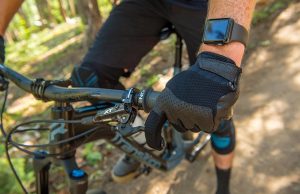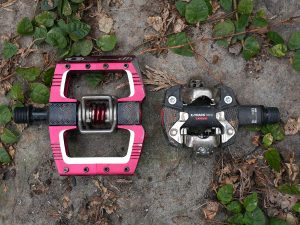Choosing a mudguard for your bike is an important decision. There are many different types of bicycle mudguards available on the market, each with its own pros and cons. Some offer better protection than others while some are more aesthetically pleasing. The key to choosing the right one for you is knowing what type of riding you plan on doing most often so you can identify which features matter to you most.
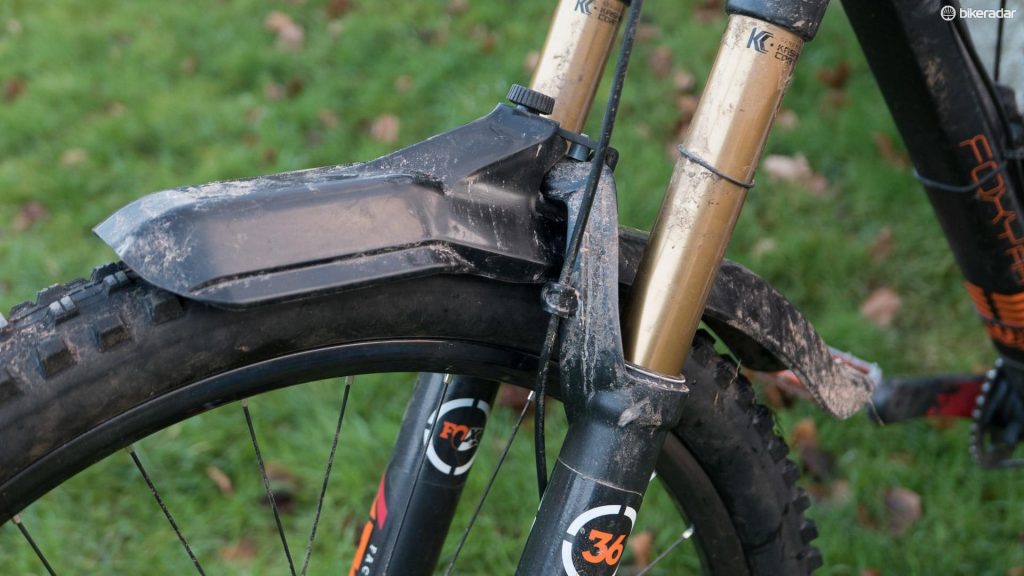
Table of Contents
What is a Bicycle Mudguard?
A bicycle mudguard is a device that attaches to the front and rear fenders of your bike. It helps prevent mud, water, grit, rocks, and other debris from getting kicked up onto you by your tires while cycling, keeping you clean in the process

Types of Cover
There are two main types of bicycle mudguards: Full coverage and Partial coverage. When deciding which type is best for you, consider where your bike is going to be ridden the majority of the time.
- Full Coverage Bicycle Mudguards: Full coverage mudguards protect your entire body from dirt, mud, and spray while you ride. They are a necessity for commuters who ride in all weather conditions
- Partial Coverage Bicycle Mudguards: Partial coverage mudguards only protect the upper half of your body from dirt and water that is kicked up by your tires. These should be used on lighter trail bikes where minimal protection against debris is required
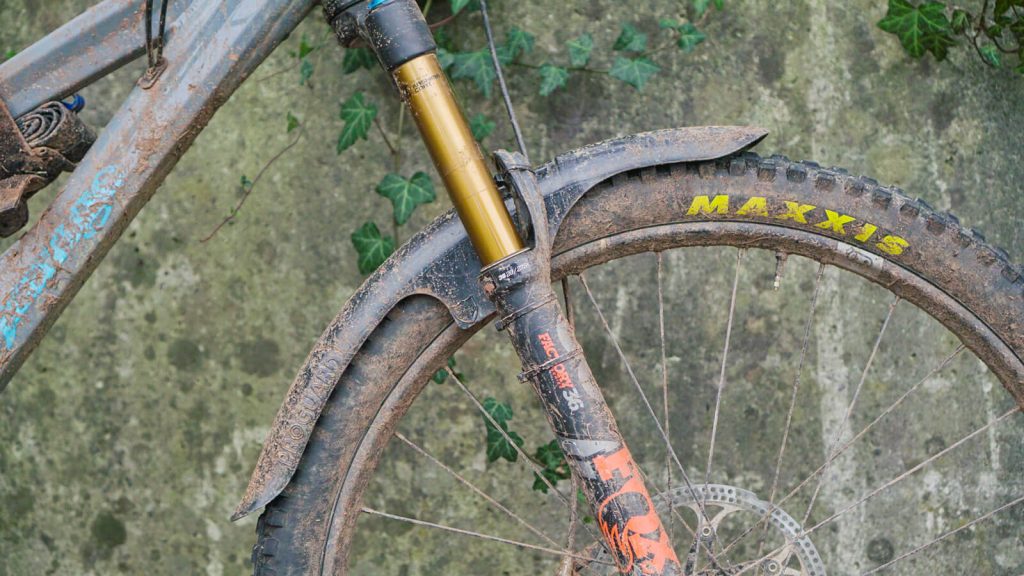
Types of Bicycle Mudguards
There are several types of bicycle mudguards available on the market, each with its own pros and cons. The right type for you will depend on how much protection from dirt, debris, and spray you want.
- Strap On Bicycle Mudguards: Strap on mudguards are the most common type of cover. They consist of two large plastic or metal brackets that attach to each side of your bike’s fork via a pair of adjustable straps, and usually have an additional strap around the bottom bracket
- Retractable Bicycle Mudguard: Retractable bicycle mudguards telescope out from underneath the seat post when you’re riding in the dirt and then retract back underneath it when you’re on paved roads
- Cable Bicycle Mudguards: Cable bicycle mudguards are usually made of metal, plastic, or rubber. They attach to your seat stays with a pair of cables that tighten around them using thumb screws
- Fender Set Forks: Fenders for forks consist of two large plastic or metal brackets that attach to each side of your bike’s fork via a pair of adjustable straps, and usually have an additional strap around the bottom bracket
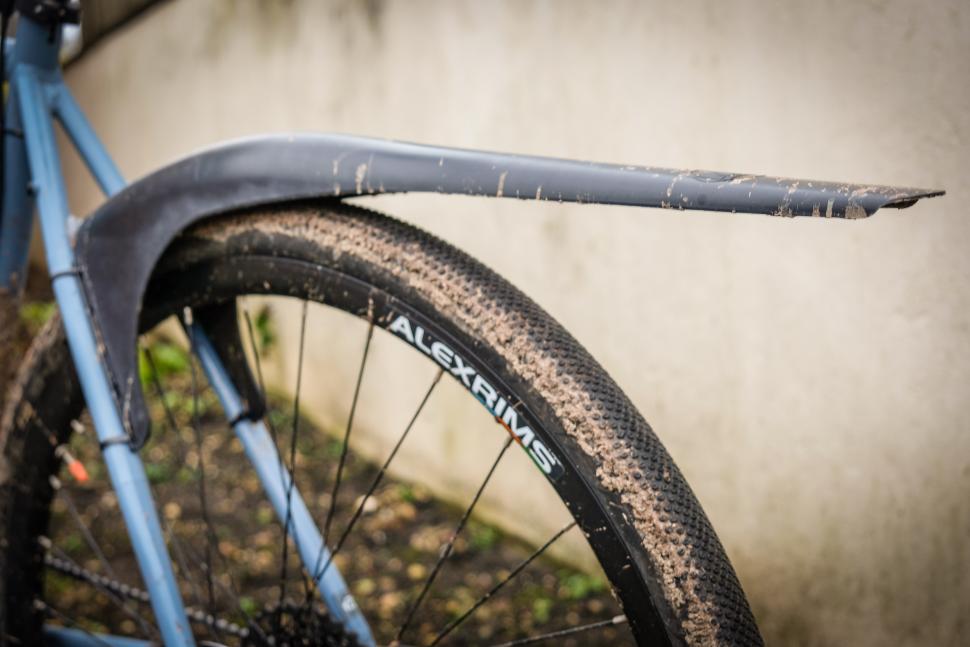
- Clip-On Bicycle Mudguard: Clip-on mudguards are attached to the seat post of your bike, requiring you to undo a screw before sliding them up or down so they can be removed when not needed. They offer maximum protection against spray but are usually made of plastic and therefore less durable than other types
- Ass Saver: The Ass Saver is a plastic tube that attaches to the rear of your bike and redirects water away from you. It’s lightweight, does not require any tools to install, and is compatible with almost every bike on the market
- Mountain Bike Mudguard: These are durable plastic fenders that attach to the seat stays of your bike, providing excellent protection from mud and spray. They usually come in a set of two and can be mounted independently from each other to allow for easy cleaning
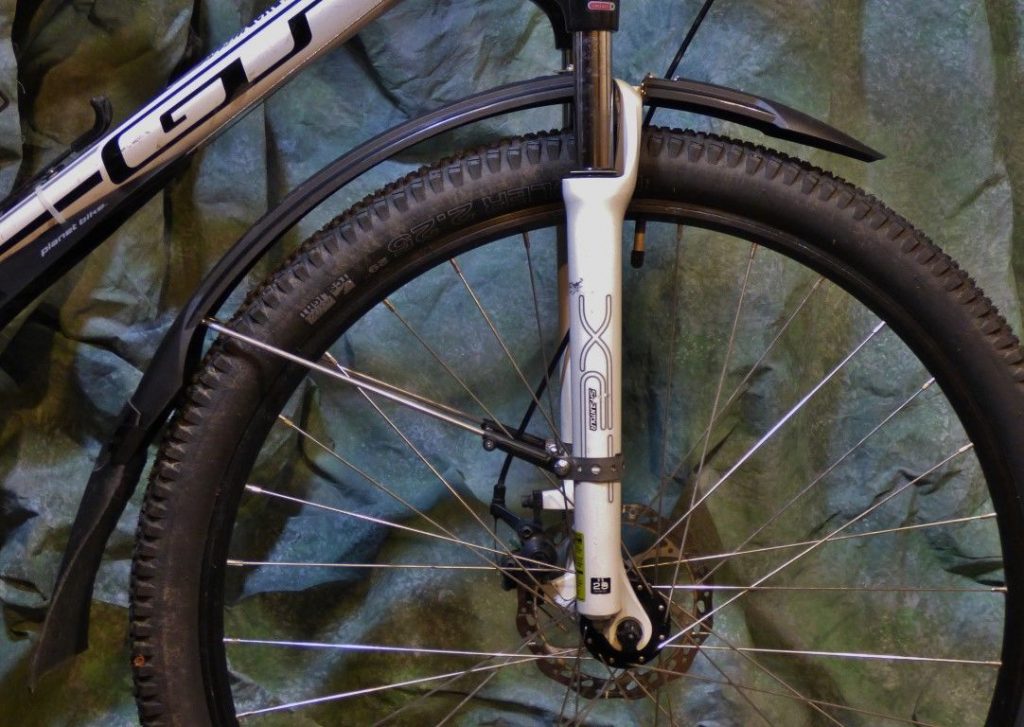
Material for Bicycle Mudguards
The material the mudguard is made from can vary greatly. The most common materials for bicycle mudguards are plastic, metal, and rubber. Each material has its own advantages and disadvantages. Here are the main pros and cons for each
- Plastic Mudguards: Plastic mudguards offer a cheap, durable option that is typically lightweight but can be easily damaged in crashes
- Metal Mudguards: Metal mudguards provide excellent protection against debris while providing extra durability due to their increased weight compared to plastic mudguards
- Carbon Fiber Mudguards: Carbon fiber mudguards provide a lightweight option that is typically not as durable in a crash compared to metal mudguards
- Nylon Mudguards: Nylon mudguards are typically the cheapest option, but they lack durability. They are typically found on lighter trail bikes where protection against debris is not as important
- Rubber Mudguards: Rubber mudguards offer an inexpensive option that is easy to attach and remove. They provide very little protection against debris and can be easily damaged in crashes. They are typically found on inexpensive children’s bikes
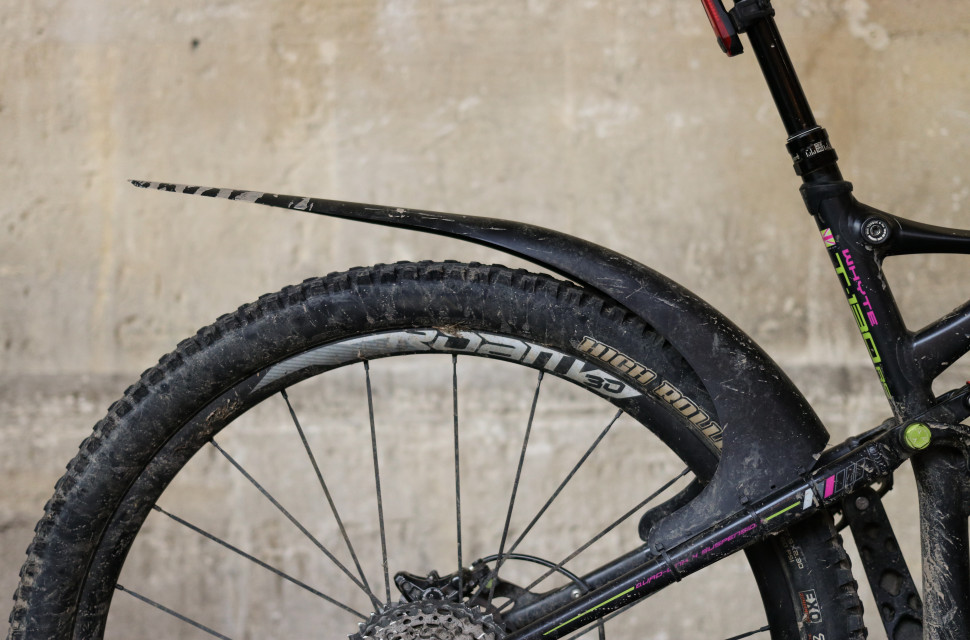
Advantages of Bicycle Mudguards
- The main advantage that bicycle mudguards offer is keeping your body and clothes clean while riding in wet or dusty conditions.
- Mudguards also help prevent damage to your bike’s frame and components by preventing debris from getting lodged into its moving parts.
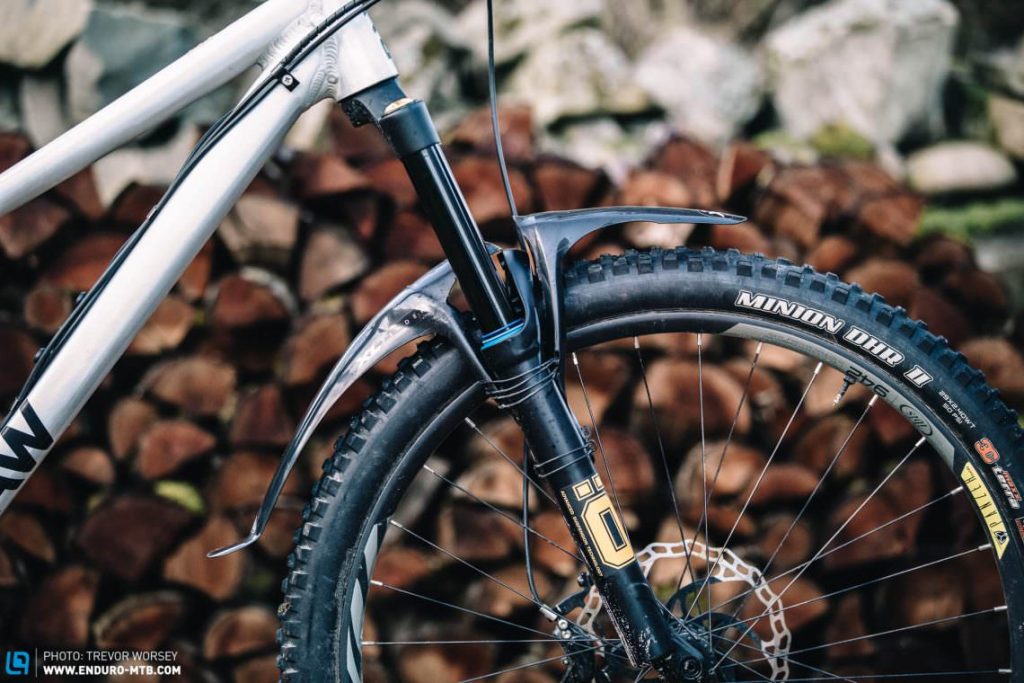
What to Avoid When Choosing a Bicycle Mudguard
When choosing a mudguard for your bike, there are certain things to avoid. Be on the lookout for these common mistakes people make when selecting their bicycle mudguards so you don’t buy one that is not right for you:
- Avoid bicycle mudguards that are too bulky. If you can’t comfortably cycle with the device on, it’s not going to work for your needs
- Avoid bicycle mudguards that will impede your ability to have a quick start or stop by getting caught on your tire or chain
- Avoid bicycle mudguards that make noise while riding. You want to be able to hear traffic around you at all times, especially when it’s wet out or when you’re riding through the woods
- Avoid bicycle mudguards that are too small for your bike. Bicycle mudguards need to be large enough so they cover all of the areas in front and behind your tire
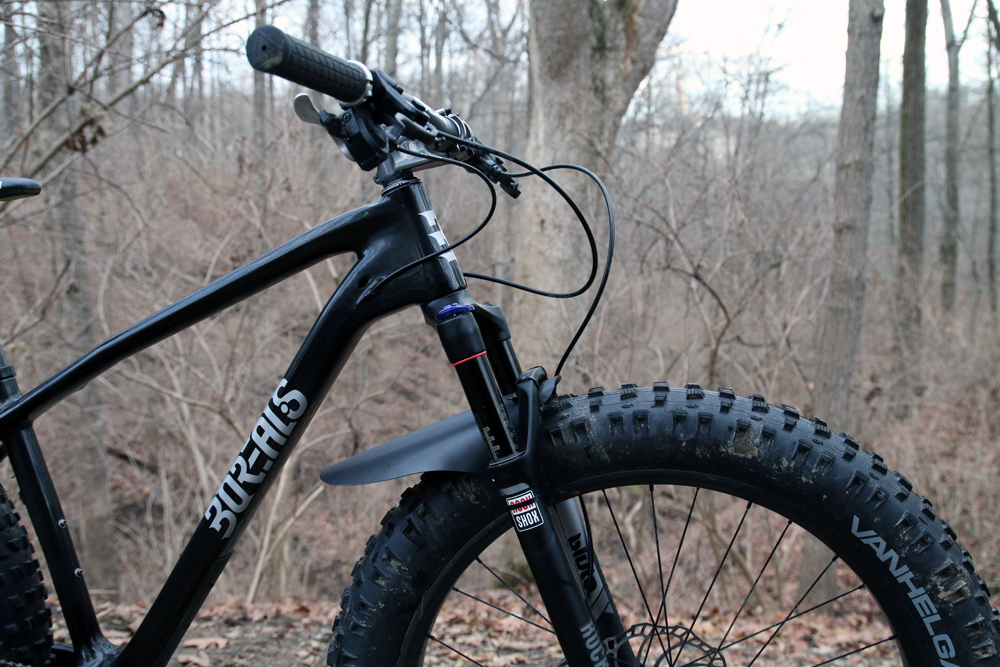
Types of Locking Mechanism
There are two main types of locking mechanisms for mudguards: quick release and bolt through.
- Quick Release: Quick release mechanisms are the most common locking mechanism for bicycle mudguards. They make it quick and easy to attach or remove your mudguard when you want to take them off, however, they can be easily stolen if not properly locked
- Bolt-Through: Bolt-through mechanisms require a bolt (typically an Allen key) to be tightened through the mudguard and into a nut on your bike’s frame. This provides an extra level of security to prevent your mudguard from being stolen but requires you to carry around an Allen key whenever you want to take your guard off.
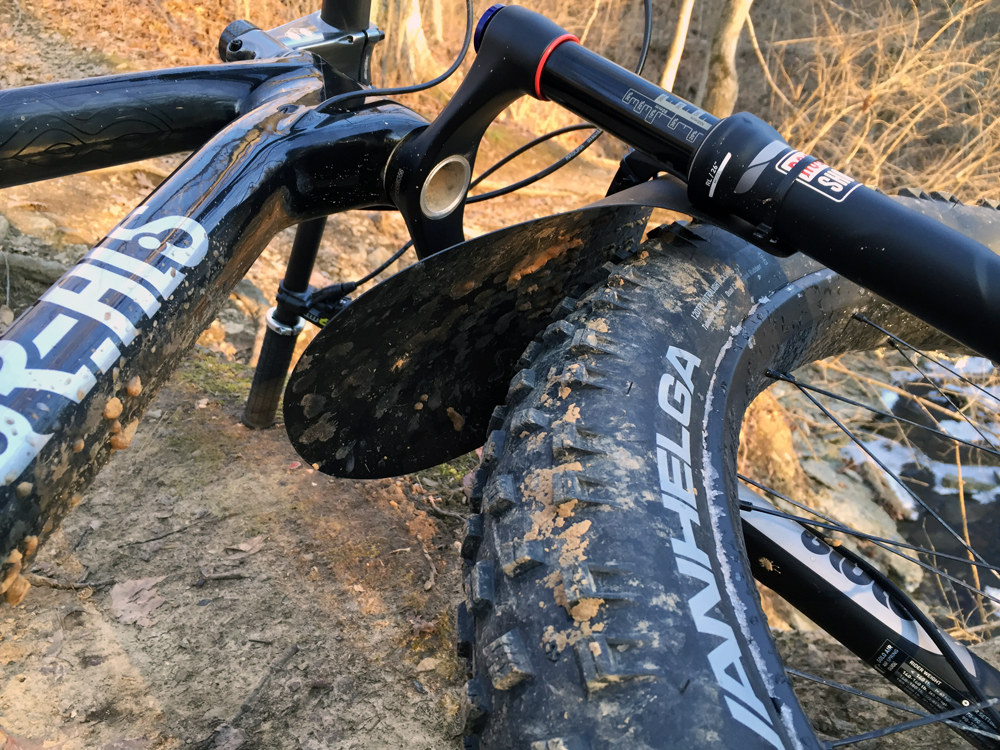
Choosing Your Mudguard
When choosing which bicycle mudguard is right for you, consider where your type will be ridden most often. Full-coverage fenders are great for commuting but are heavier and larger, making them more difficult to transport when not in use. If you’re looking for a versatile mudguard that will be used for commuting, training rides, and bikepacking adventures, consider one that will provide protection from tire spray but is also light enough to be easily removed or folded up.
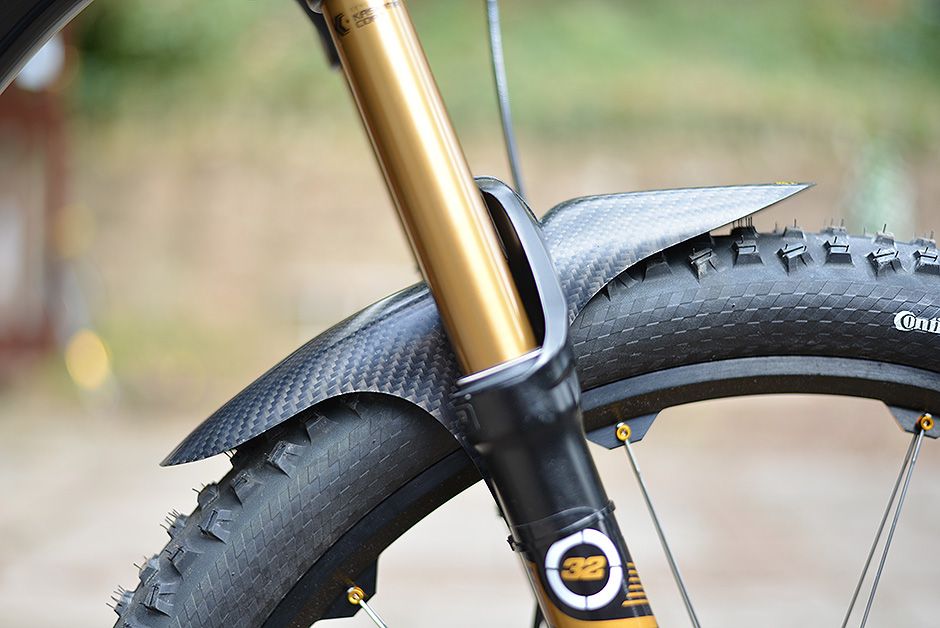
Other Considerations
When choosing a bicycle mudguard, there are other things that you should keep in mind. These include the weather conditions where your bike will be ridden most often, how much storage space is available on your bike frame for attaching it to brackets or bags, and whether you plan on removing the mudguard when not needed. Other considerations may also depend on your personal preference like weight, comfort, aesthetics, and durability.
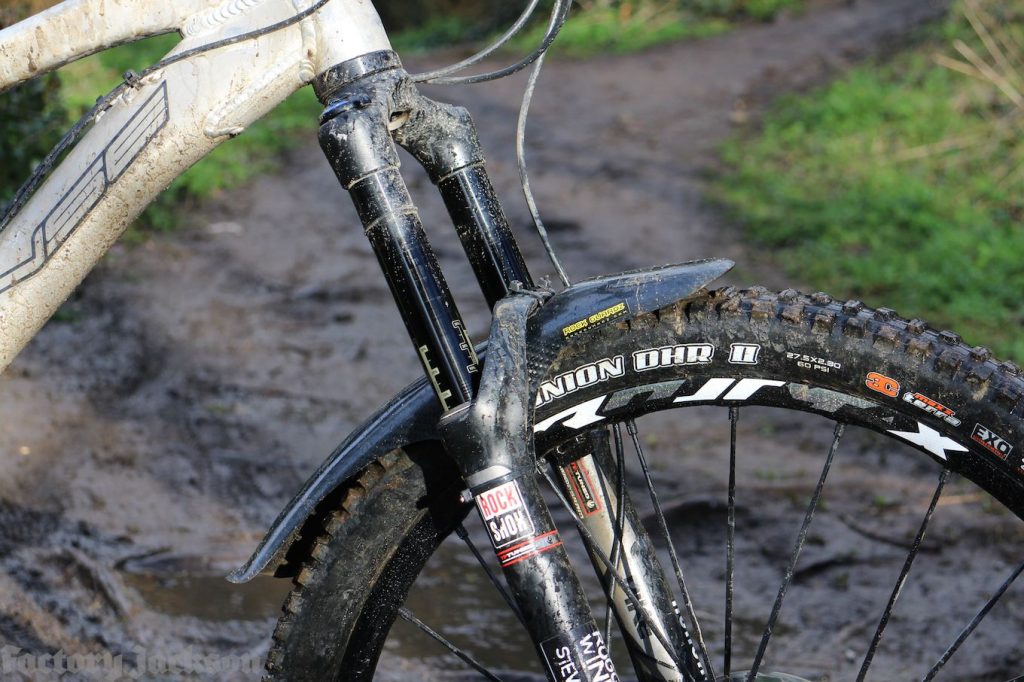
How to Install Bicycle Mudguards
The installation will differ depending on which type you choose. Full coverage mudguards typically attach using rubber straps or zip ties while partial coverage ones are held into place using a sliding mount system that attaches directly onto the seat post, stem, or fork of your bike. Some models also come with their own fastener system that is installed onto the frame of your bicycle.
There are three main steps to installing a bicycle mudguard:
- Prepare and clean off the area where you will be attaching the mudguard. Most models will require you to remove any pre-existing accessories from the area where it is going to be attached.
- Attach your mudguard using either zip ties, straps, or sliding mounts depending on the type you choose. If your mudguard does not come with its own fastener system, attach it to your bike’s frame using a separate mount.
- Last, you will need to adjust the mudguard so it’s level with your tire. This step may require some fine-tuning depending on how large or small of a clearance there is between your bike frame and tire/chainring which varies by model. After making this final adjustment, you should be ready to roll

FAQ
Q. What are the benefits of using bicycle mudguards?
A. Bicycle guard allows you to ride in all weather conditions without worrying about getting wet or dirty, making them perfect for commuting through inclement weather
Q. What is a full-coverage mudguard?
A. A full coverage mudguard covers both your front tire and back wheel, making it ideal for commuting or riding in any weather conditions
Q. What are the different types of mudguards?
A. There are two main types, full-coverage, and partial coverage, with each having its own advantages depending on your needs
Q. How do I know which bicycle guard will fit my bike frame?
A. You should check your bike’s geometry, or a sizing chart for specific models, to determine which model will best fit with your bicycle frame
Q. Why is it important to have a mudguard on your bicycle?
A. Bicycle guard protects you from getting wet or dirty while riding in inclement weather which can make for fewer distractions and safer, more comfortable rides




